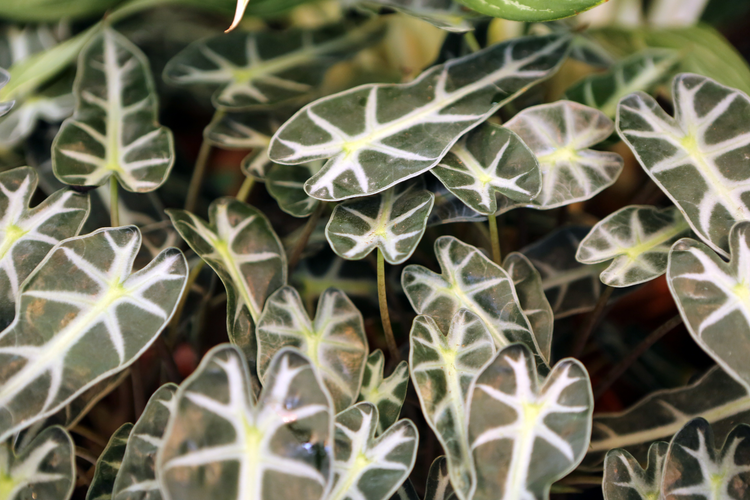-
About Alocasia
Alocasia assortmentThe Alocasia originally comes from the tropics of Asia, mainly India. In their natural habitat, the leaves of the Alocasia grow up to one and a half meters in size. They are therefore used by animals as shelter.
-
Features Alocasia
- Medium thirst
- Lots of indirect light
- Air purifying
- Toxic to pets

Care of the Alocasia
The ideal place in the house for your Alocasia
It is best to place your Alocasia in a very bright spot , but never in direct sunlight . If they are too far from a window, they will try to reach the sunlight. This causes the stems to become too long and can cause them to droop or even break. The Alocasia naturally grows towards the light , regularly turn the plant a quarter turn so that it grows in every direction.
Place your Alocasia in a West-facing window. Provide plenty of light, but no direct sunlight. Do you still want to place it in front of a south-facing window? Then place it at least two meters away from the window.
Sunlight is extremely important. This houseplant is constantly developing and regularly sheds leaves. Sufficient light is the only way to ensure that new leaves grow in time.
The plant requires a minimum temperature of 18°C during the day and 12°C at night .
Care products for you Alocasia
-
Organic houseplant food
 Organic houseplant food
Organic houseplant food- Normal price
-
€17,99 - Discount price
-
€17,99
Quick view
-
Organic potting soil - 5 liters
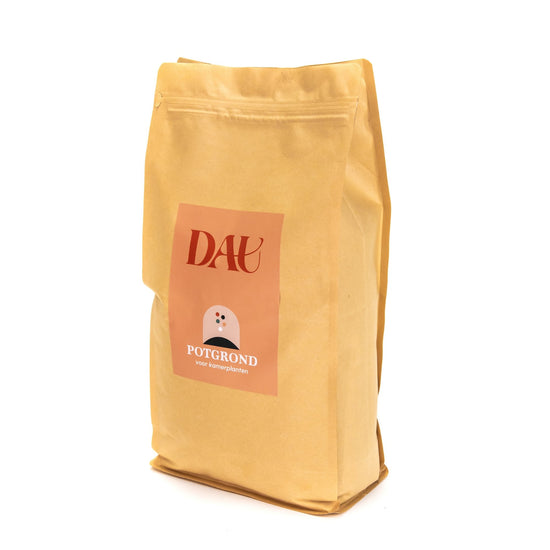 Organic potting soil - 5 liters
Organic potting soil - 5 liters- Normal price
-
€5,99 - Discount price
-
€5,99
Quick view
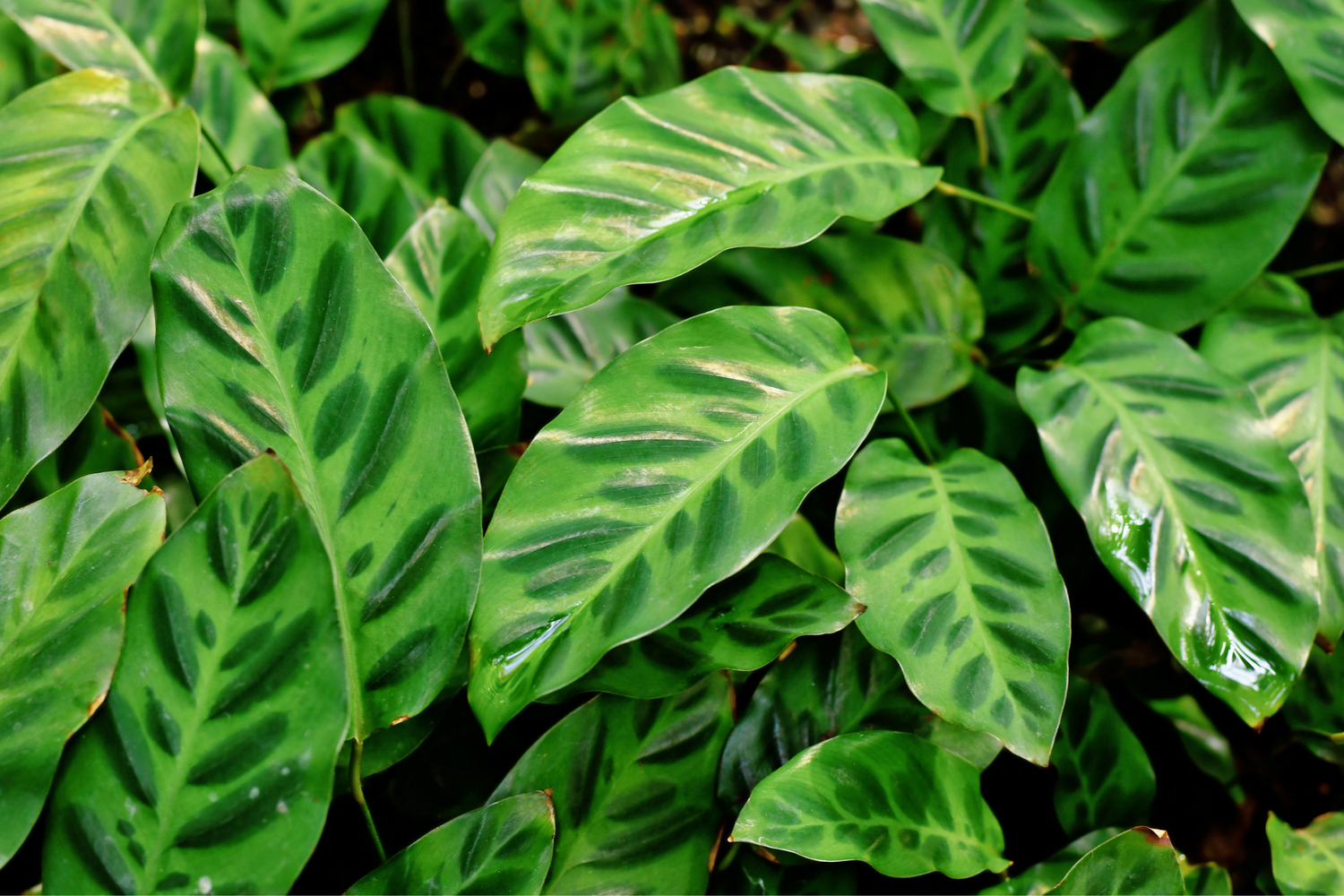
Watering Alocasia
The stems of an Alocasia contain a lot of water. If they get too little water, the stems will droop. That is why you must ensure that the soil of your Alocasia Elephant's Ear is always slightly moist . In winter the plant uses less water, but do not let it dry out completely.
Water your Alocasia little by little to prevent root rot . You can recognize this by yellow-brown edges on the leaves. This is normal for older leaves, the Alocasia sheds them to make room for new ones.
The exact amount of water depends on the humidity , light and size of your plant . Therefore, start with small amounts of water per watering and check how quickly the soil dries. As soon as the top layer of the earth is dry, you need to water it.
Alocasias are used to a humid climate . Spraying them regularly will significantly improve the health of your plant.
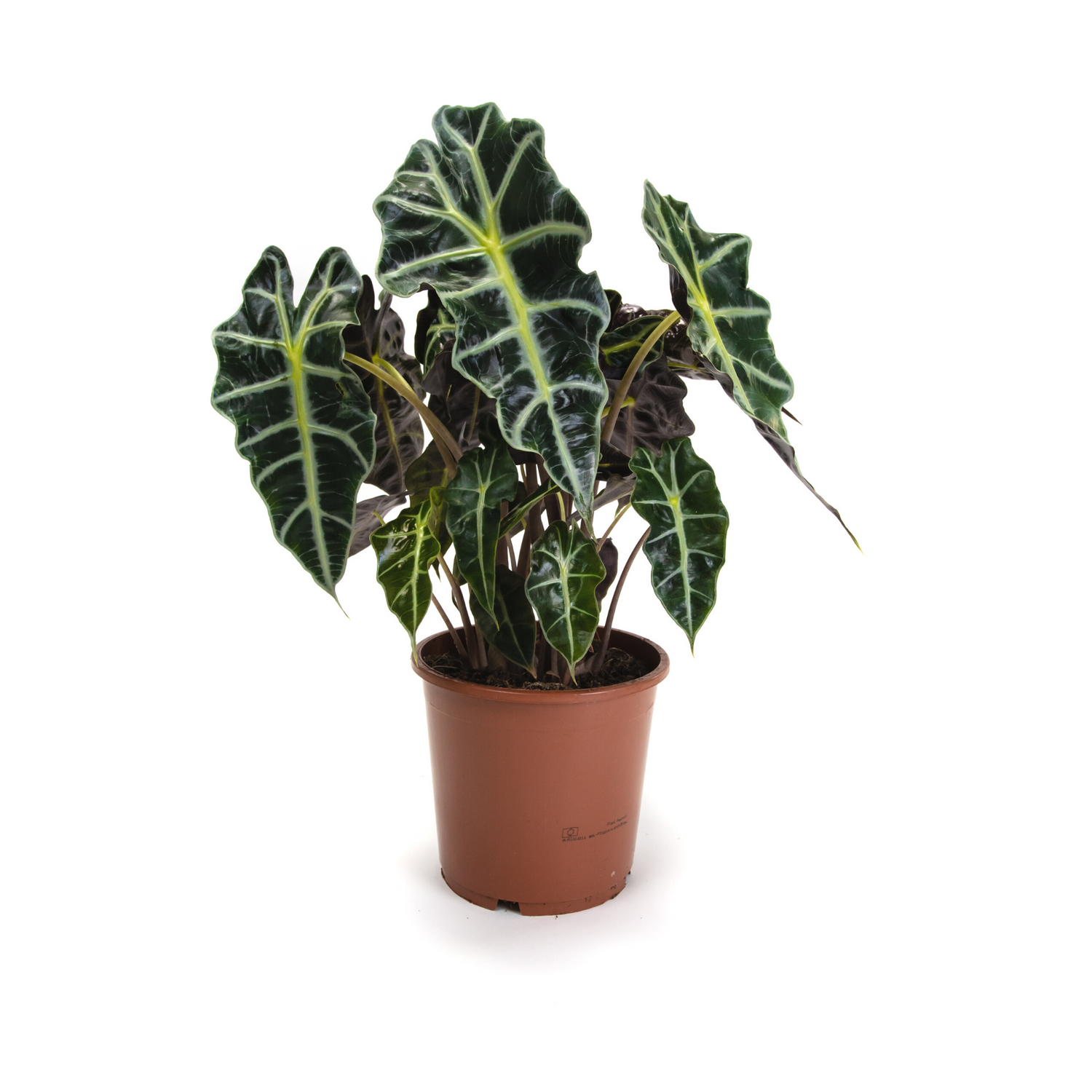
Feed Alocasia
An Alocasia is constantly developing and therefore needs a lot of nutrients . Feed your Elephant Ear houseplants regularly to support its growth process.
Does your plant stop growing (often in winter)? Then stop feeding the plant for a while, as this can damage your plant.
Alocasia cuttings
You can take cuttings from an Alocasia by cutting away the small plants that emerge from the mother plant. It is best to do this only when they have a number of leaves.
It is best to take your Alocasia cutting in the spring , when the cutting has enough energy to develop new roots. Place your cuttings in a bright location, but not in the south. Placing a plastic bag, plastic box or terrarium can help increase the humidity.
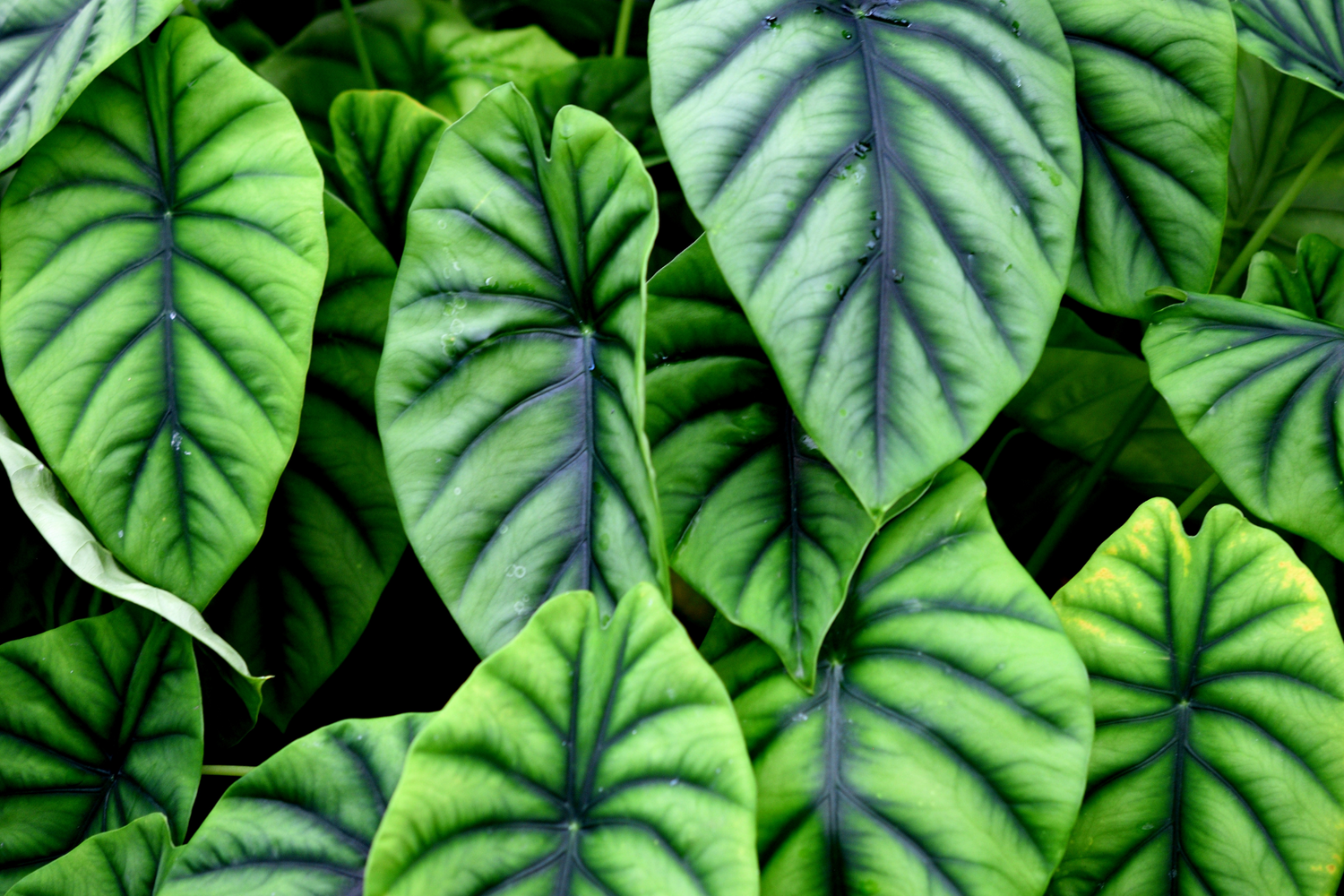
Pruning Alocasia
The lower leaves of an Alocasia dare to lose their beauty . Cut them a few inches from the base. This way the plant can use its energy for new leaves.
Repotting Alocasia
Alocasias need to be repotted regularly to support the growth process . Repotting provides new nutrients, airier soil and more space for root growth. It is especially important that there is sufficient soil to absorb moisture.
Always use a pot that is 20% larger than the old pot.

Typical Alocasia problems
An Alocasia is sensitive to spider mites due to excessively dry air . Spraying the plant regularly can prevent this. If you notice spider mites, remove them as soon as possible with a damp cloth and treat the plant with organic pest control. First try to solve the problem with some water, soap and a drizzle of oil on a cloth.
Is an Alocasia poisonous to pets?
All parts of the Alocasia are poisonous . It is even recommended to wear gloves during repotting to avoid the juices released when you cut the stems.
Our most popular houseplants!
-
Maranta leuconeura 'Tricolor' | Prayer plant
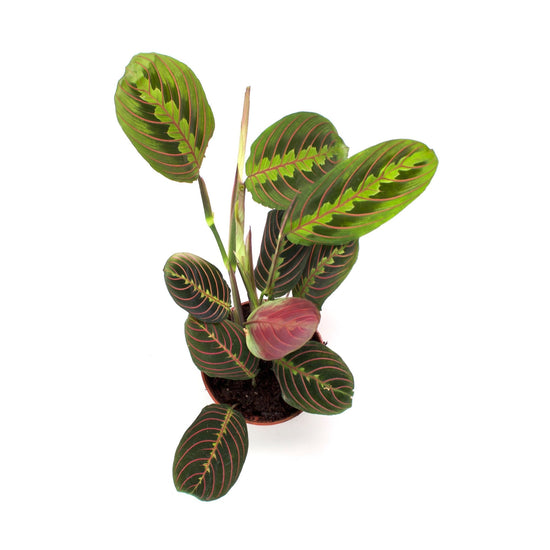 Maranta leuconeura 'Tricolor' | Prayer plant
Maranta leuconeura 'Tricolor' | Prayer plant- Normal price
-
€9,99 - Discount price
-
€9,99
Quick view
-
Alocasia reginula 'Black Velvet' | Elephant ear
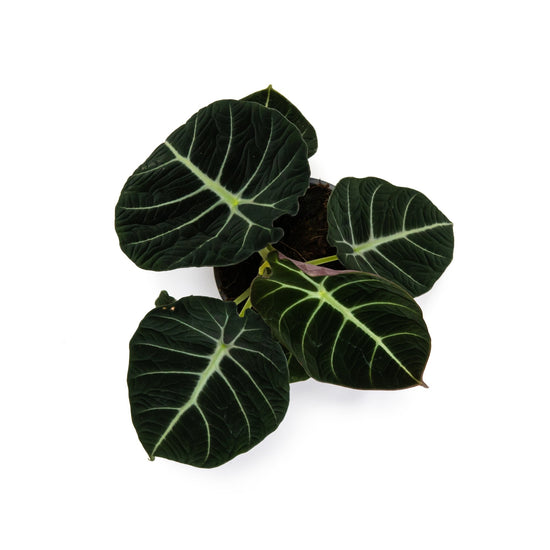 Alocasia reginula 'Black Velvet' | Elephant ear
Alocasia reginula 'Black Velvet' | Elephant ear- Normal price
-
€11,99 - Normal price
-
€14,99 - Discount price
-
€11,99
Quick view
-
Peperomia argyreia | Watermelon Peperomia
 Peperomia argyreia | Watermelon Peperomia
Peperomia argyreia | Watermelon Peperomia- Normal price
-
€13,99 - Discount price
-
€13,99
Quick view
-
Zamioculcas zamiifolia | ZZ plant
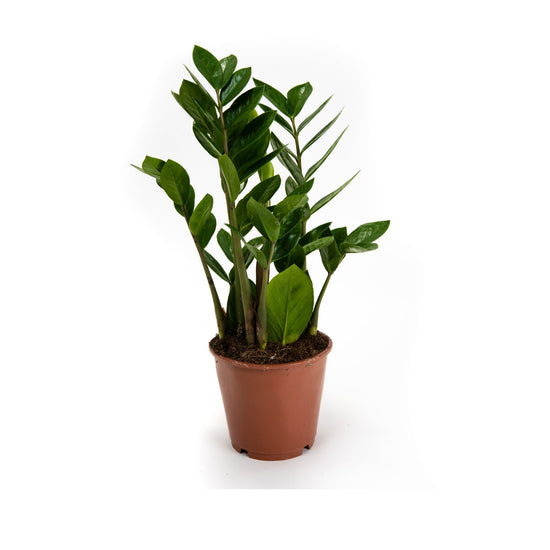 Zamioculcas zamiifolia | ZZ plant
Zamioculcas zamiifolia | ZZ plant- Normal price
-
€14,99 - Discount price
-
€14,99
Quick view

